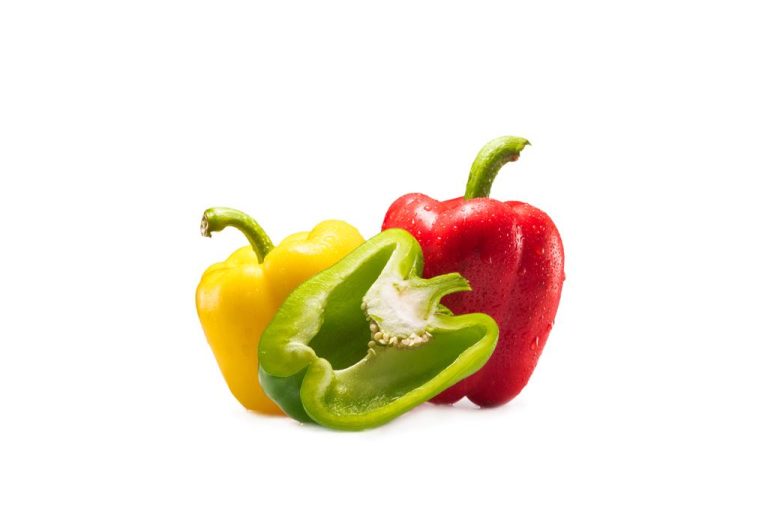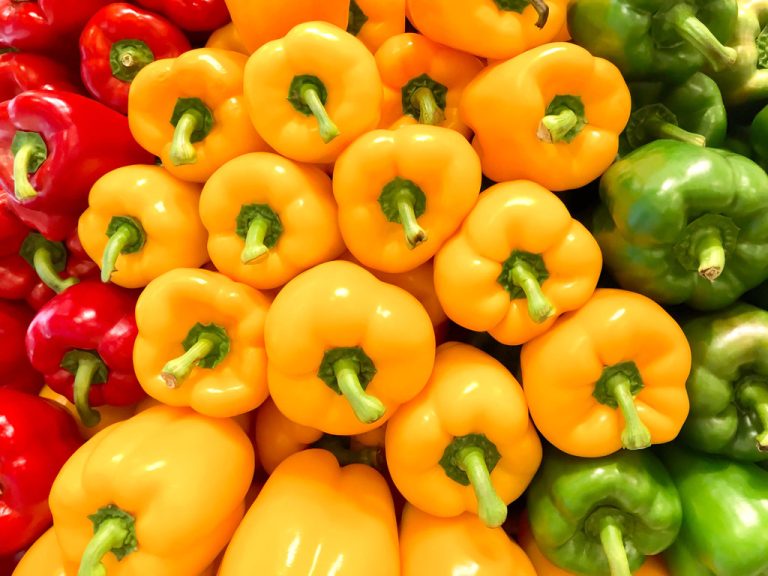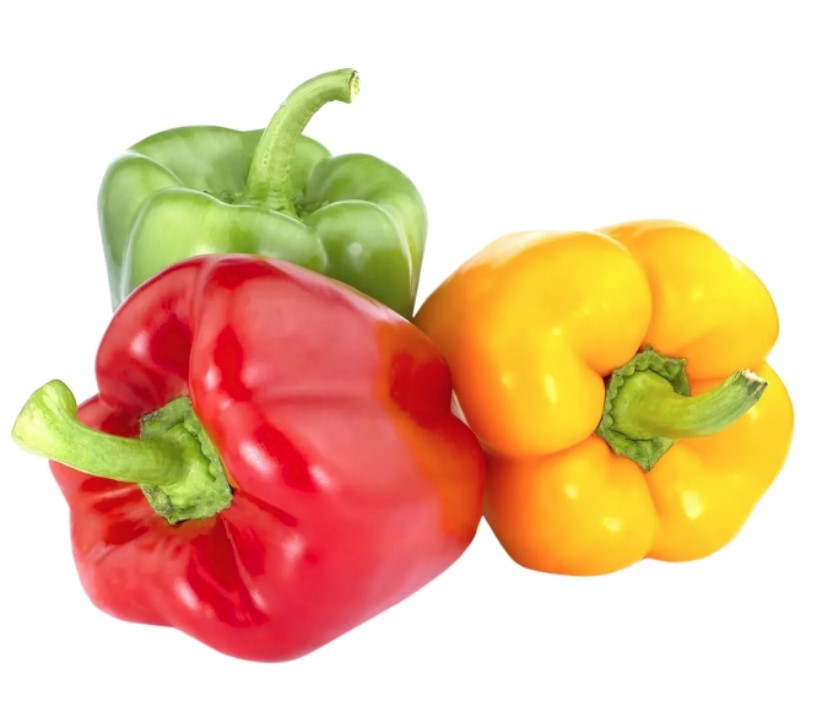Stuffed peppers are a typical Hungarian specialty that children also love to eat. This main course is also great when you are expecting guests, as everything can be pre-prepared.
Ingredients for the pepper filling
- 4- 5 Hungarian peppers (long, light yellow)
- 500g mixed minced meat
- 1 egg
- 100g rice
- 1 small red onion
- 1 clove of garlic
- some oil
- Salt
- pepper
- 1 bay leaf
Ingredients for the sauce

- 1 l pureed tomatoes (can)
- 1 half red onion
- 1 l meat stock (bouillon cube)
- 1 walnut-sized piece of celery
- Salt
- pepper
- 1 tbsp oil
- 2 tbsp flour
Preparation of the stuffed peppers
- Cook the rice according to the instructions until almost done and then leave to cool.
- Sauté the finely chopped onion in a little oil until soft, add the pressed garlic and continue to sauté for a minute while stirring. Then remove it from the stove.
- In a bowl, mix the raw ground beef with the cooked rice, onion, and a whole egg, and season the mixture with salt and pepper to taste. The mass must be kneaded thoroughly until it is completely homogeneous.
- The peppers are then washed, cut off at the top, and carefully cored (you should also remove the tendons).
For the sauce, dilute the tomato puree with the meat stock in a large saucepan with a lid, and season with salt and pepper as needed. - After adding an onion (whole), a bay leaf, and a piece of celery, the sauce is brought to a boil.
- In the meantime, the cleaned peppers are filled with the meat-rice mixture (easiest with a teaspoon). The filling should not be pressed too tightly, otherwise, the peppers may burst during cooking. If there is any filling left, you can form meatballs out of it with wet hands.
- When the tomato sauce is boiling, carefully place the stuffed peppers in the sauce and cook over medium-high heat for about half an hour (the sauce should always be slightly simmering).
- To check if the filling is done, remove one pepper and cut it in half on a plate.
- Set the cooked peppers aside on a plate and remove the whole onion, bay leaf, and celery from the pot.
- For the roux, heat 1 tbsp oil and 2 tbsp flour in a small saucepan until the flour gets a light color. Then remove the pot from the stove and add a little cold water while stirring constantly until a viscous mass is formed. Add a few spoonfuls of tomato sauce to this before mixing it with the rest of the sauce in the large pot and cooking for about 10 minutes at a low temperature until it has thickened. Stir occasionally.
- Finally, the peppers are put back into the sauce, seasoned if necessary, and the dish is served with mashed potatoes or jacket potatoes.

Useful additional knowledge
A little sugar makes the tomato sauce sweeter.
Children often prefer the filling without the peppers, so you can ball more ground beef mixture.
As a vegetarian variant, you can also mix steamed mushrooms with boiled rice for the filling instead of minced meat.









